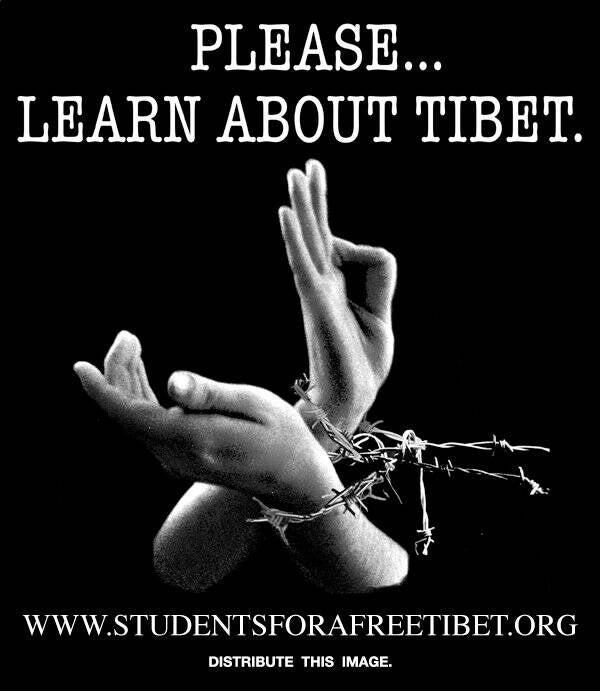
The Chinese invasion of Tibet, a brief summary:
In 2001, 50 years after the Chinese invasion, the situation in Tibet was as follows: 1,200,000 dead – 6000 monasteries destroyed – compulsory sterilization of Tibetan women and young girls – compulsory abortion, even up to 7-8 months of pregnancy – kidnappings, murders and disappearance – arbitrary detentions, convictions and death penalty (sometimes just for possessing a picture of the Dalai Lama and/or practicing Tibetan Buddhism) – labor camps, slavery, starvation.
Young monks were forced to kill their Lama teachers to escape a firing squad themselves! Monks, male and female, were forced to break their celibacy vows by having sexual relations with each other…
But China has also been able to demonstrate in economic, medical or educational terms that their policy is failing, at least to the detriment of the Tibetan people. Although many industries, schools and hospitals were built in those years, these are still mainly for the Chinese who were colonized by the government in Tibet.
In 2021, the situation in Tibet has not improved much. China remains responsible for the ongoing human rights violations in Tibet. There is today serious concern about the intensification of the assimilation policy in Tibet by China, the mandatory military summer camp for Tibetan children, the deteriorating situation in Dza Wonpo, the Tibetan Karze area annexed to the Chinese province of Sichuan, the continued uncertainty of the whereabouts of the 11th Panchen Lama and the continued violation of the right to freedom of religion in Tibet.
Tibet ranks second in the list of least free countries and is ruled by the Chinese government, according to the latest report “Freedom in the World 2021: A Leaderless Struggle for Democracy”, which is based on a survey of political freedom in the world. communist party where local decision-making power is concentrated in the hands of Chinese party officials.
Today it is estimated that 150,000 Tibetan refugees are living in exile. Belgium has a large Tibetan community, about three thousand Tibetans, some even think four thousand, who would live in our country.

